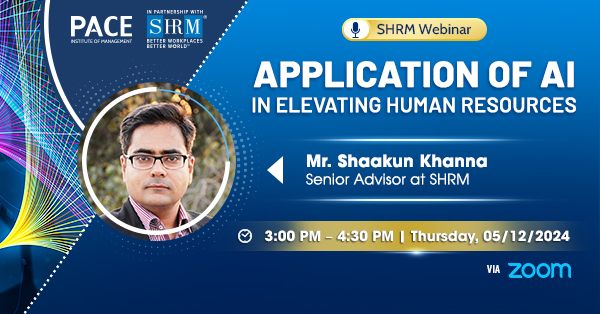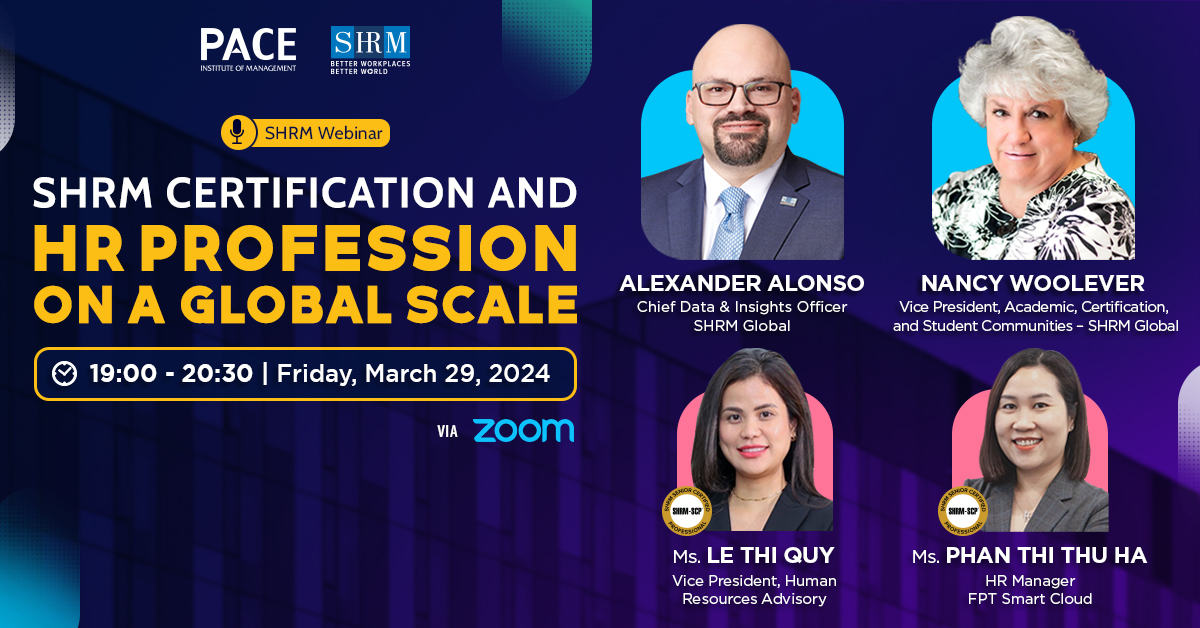6 Trends That Changed HR Over the Past Decade (Part II)
4. Technology Moves Work Beyond the Office
THEN: People were starting to take advantage of digital technology to work remotely and outside of traditional business hours, but employers that offered telework options were still the exception rather than the rule.
Percentage of employers offering telework options
NOW: A Society for Human Resource Management study showed that three times as many companies offered telework last year than did in 1996. That gives leeway to both workers and employers, who can vastly expand their pool of job candidates. “It doesn’t have to be someone local for a job,” Harding says. Companies “can work with someone across the world.”
Flexible work arrangements and schedules have also brought about a different way to evaluate work. Long hours and face time used to be mandatory at some companies. Now, it’s not so much about time served but rather about what gets done. “It goes right back to getting your work judged by getting the task completed,” Harding says.
WHAT’S NEXT: The age-old problem with new technology, though, is that the human element often gets lost. In the next decade, it will be up to HR managers to instruct workers on how to communicate outside of e-mail and social media. “We have to teach them how to shake hands, how to network outside of a computer,” Verrico says.
[SHRM members-only online discussion platform: SHRM Connect]
5. Career Development IS Agile and Gig-Focused
|
THEN: In 2005, about 10 percent of U.S. workers were employed by a temporary help agency, as an independent contractor or in an on-call position, according to a study from Harvard University’s Lawrence Katz and Princeton University’s Alan Krueger.
NOW: Goodbye, company career ladder. Hello, gig economy. In the U.S., slightly more than 1 out of 4 workers were gig workers in 2016, according to the McKinsey Global Institute, and that number continues to grow as people seek more independence and opportunities. (By contrast, the decade before that showed little change in the percentage of workers in alternative work arrangements.) The growing Millennial workforce is more focused on racking up new experiences than on banking time at one or ganization (or even in one field for an entire career), and HR managers are adapting.
“Years ago, the old paradigm was that the contract was defined around loyalty and tenure. There is a new social contract, or new business paradigm, in which employees, especially Millennials, are less incentivized by security and benefits and more eager to take on roles that offer new experiences and flexibility,” says Jan Bruce, co-founder and CEO of meQuilibrium, a Boston-based company that helps organizations deal with worker stress. “Instead of buying your loyalty with tenure, we earn it by helping you be agile and purposeful. I can’t buy you for life, but if I give you a great skill and help you in your career, then you will be loyal to me while you are there.”
|
 |
That includes offering more opportunities to entrepreneurial independent contractors—contingent workers who work on a per-project basis and are not employees of any one company.
WHAT’S NEXT: The gig economy—driven as much by the economic downturn of 2008-09 as by the influx of Millennials in the workforce—will present challenges in the next decade for HR, including whether and how to provide benefits to contractors and manage intellectual property rights when a person has several different employers, Wadors says. But ultimately, workers and companies will benefit from the trend. “If we become more agile in [talking to] the workforce and listening to their choices, we can create more flexibility and save money” by streamlining staffing, she says.
6. Analytics Change the Game - Slowly
THEN: Some HR managers were experimenting with using metrics to measure the cost and impact of workforce programs and HR initiatives, but few HR professionals had any background in data analysis.
NOW: Although there’s growing recognition of the need for HR practitioners with expertise in data skills, the number of organizations actually leveraging workforce data is still relatively low. According to a 2015 report by Deloitte, less than 9 percent of respondents said their organizations had a strong team in place that could handle data analysis within HR.
NOW: Although there’s growing recognition of the need for HR practitioners with expertise in data skills, the number of organizations actually leveraging workforce data is still relatively low. According to a 2015 report by Deloitte, less than 9 percent of respondents said their organizations had a strong team in place that could handle data analysis within HR.
32% of companies say they are ready to begin using predictive analytics.
WHAT’S NEXT: While analytics have gotten off to a sluggish start, the use of data to assess and improve everything from recruitment to health and safety to succession strategies will be the hottest and biggest game-changing trend in HR. In fact, nearly one-third of companies said they were ready to make the leap to using full, predictive analytics, according to the Deloitte study. “It’s going to impact everything—what makes the best team, who are the best [job] candidates and who is at risk in the organization,” Bischoff says. “We’re going to see it explode in the next few years.”
Predictive analytics will take metrics to a new level by pinpointing whether job candidates share the same characteristics as an organization’s best-performing employees. Data will also be used to promote wellness by identifying behaviors that lead to higher illness rates or by determining which parts of the company have the best and worst accident rates.
“The … artificial intelligence behind the analytics is going to get more and more souped up, more advanced,” Edward says. But “the human element of needing to discern what matters and why—that isn’t going away.”
Susan Milligan is a freelance writer based in Washington, D.C.
Was this article useful? SHRM offers thousands of tools, templates and other exclusive member benefits, including compliance updates, sample policies, HR expert advice, education
“The … artificial intelligence behind the analytics is going to get more and more souped up, more advanced,” Edward says. But “the human element of needing to discern what matters and why—that isn’t going away.”
Susan Milligan is a freelance writer based in Washington, D.C.
Was this article useful? SHRM offers thousands of tools, templates and other exclusive member benefits, including compliance updates, sample policies, HR expert advice, education










